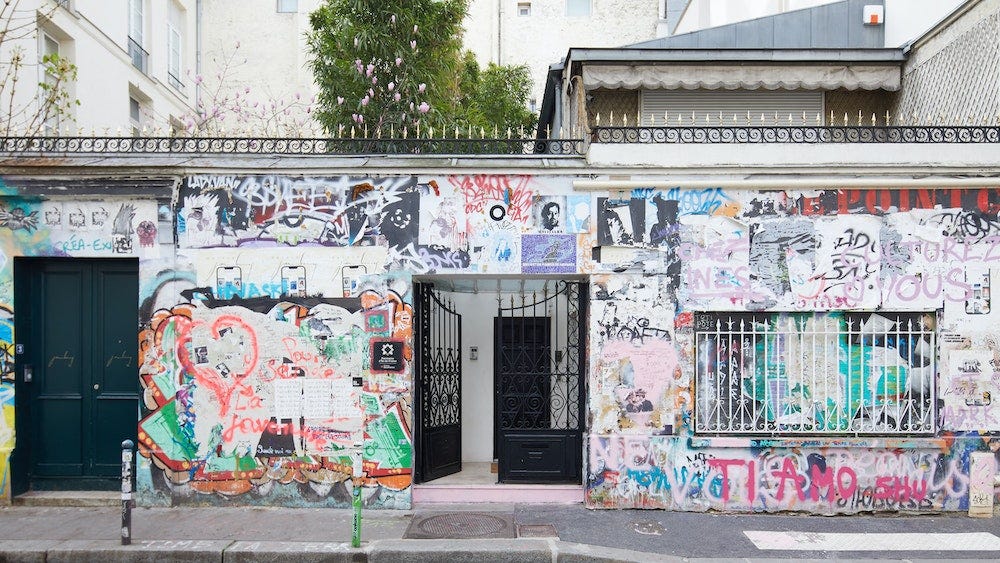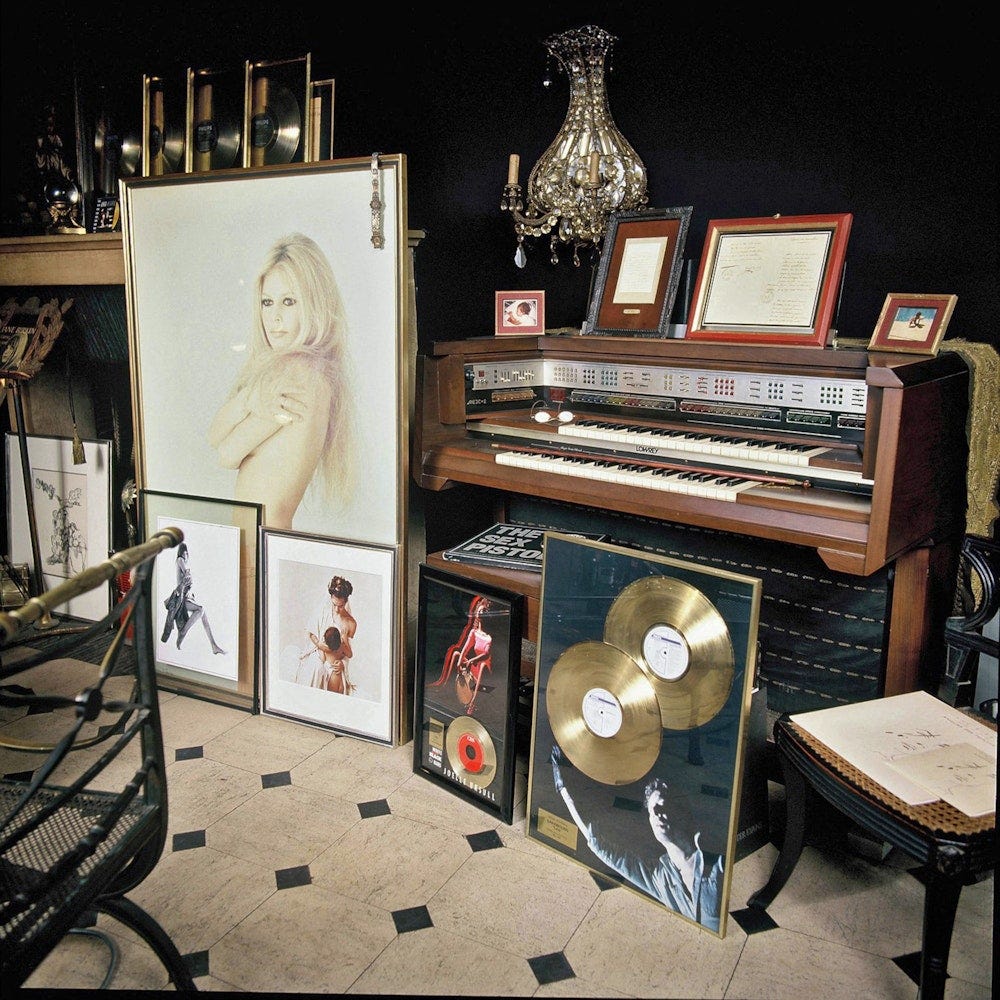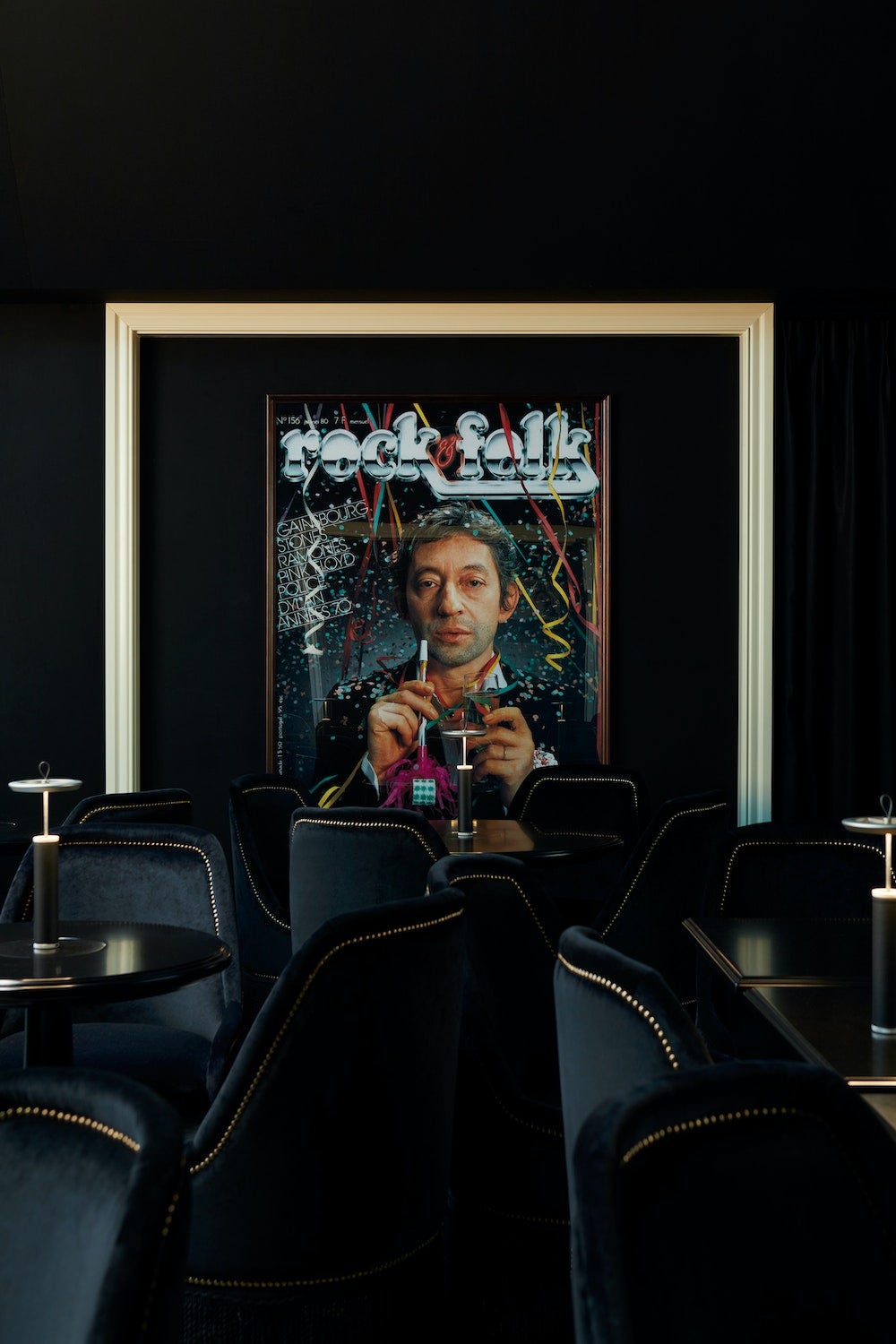Weekend French Playlist #12: The Serge Gainsbourg Edition
The legendary singer-songer is back in the headlines thanks to his new museum.

In the pantheon of great 20th-century singers, it doesn’t get more French than Serge Gainsbourg. Whether it was the 550 songs he wrote and their provocative sexual themes that often stirred controversy or his relationships with actresses such as Brigitte Bardot and Jane Birkin, Gainsbourg remains a figure of fascination 30 years after his death.
Gainsbourg is once again back in the headlines following the opening of his home which has been transformed into a museum dedicated to his career.
For 22 years, Gainsbourg lived in the house at 5 bis, rue de Verneuil, in Paris's 7th arrondissement. The museum project was directed by his daughter, Charlotte Gainsbourg.
The museum has 2 parts. Visitors can tour the house, which was a former stable, and then visit a museum across the street that includes sound archives, videos, and a private collection more almost 450 personal objects such as manuscripts, clothes, and jewelry. The museum will host temporary exhibitions, a bookstore, and a café and piano bar named "Gainsbarre."
In a series of interviews, Charlotte said the project was often delayed because she found it too emotionally overwhelming, and there were numerous administrative headaches. When she finally decided to move ahead, the pandemic delayed the opening for several more years.
How popular is Gainsbourg? Tickets for the museum were instantly sold out through the end of 2023. The museum will start ticket sales for 2024 in November. Tickets cost €12 and be bought via the museum’s website.
The Songs
Over a songwriting and singing career from 1957 to 1991, Gainsbourg created songs that spanned countless styles: jazz, classic French “chanson,” pop, and near the end, even 80s techno-pop.
The high points include:
— Le poinçonneur des Lilas, his first hit in 1958 about the daily life of a metro ticket agent who becomes so depressed over his daily existence that he thinks about killing himself.
— La Javanaise, a big hit he wrote for pop star Juliette Gréco.
— Bonnie and Clyde, a 1967 song he wrote for Bardot who, according to legend, asked him to “write her the most beautiful love song he could imagine.”
— Je t'aime … moi non plus, another love song he wrote for Bardot, that he eventually recorded with Birkin.
— Initials BB. Three guesses who this song about. Only the first one counts.
— Je suis venu te dire que je m'en vais (I came to tell you that I'm going). Recorded after his first heart attack, the song about regrets remains one of his most famous.
— Aux Armes et caetera came totally out of left field. This track is a reimagined version of the Marsaillaises but with a reggae band.
His penchant for pushing the boundaries continued throughout his life. In 1984, he wrote and recorded “Lemon Incest" with Charlotte, who was 12 years old. While the song is about their father-daughter relationship, they both insisted it was not about what the title suggests it might be about. It was a massive hit in France, helped in part by a music video that shows them in bed together.
On that note, here’s a playlist of songs if you’re new to Gainsbourg:
Chris O’Brien
Le Pecq





You didn't mention one of his most iconic albums in the 1970s: l'homme à la tête de chou. It's one of those long double albums that tell a story over several songs, like The Wall or Tommy...